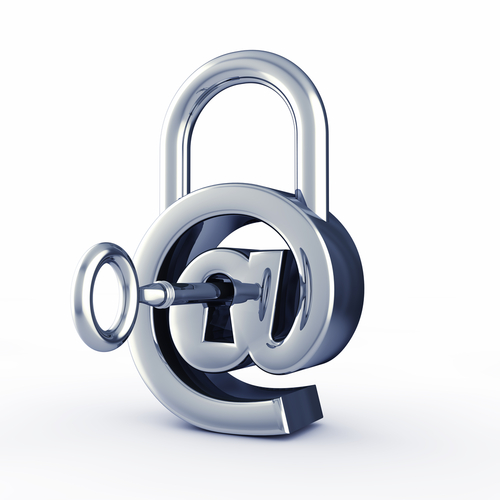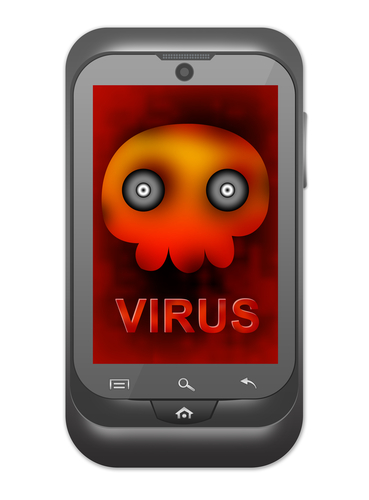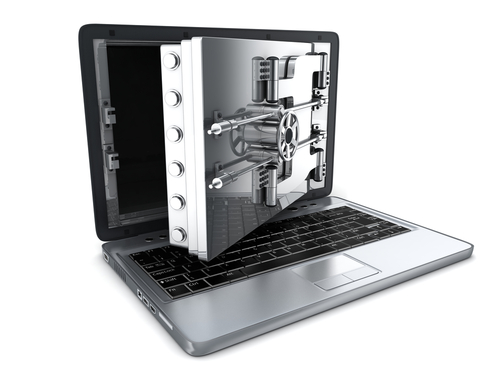November 27th, 2013

A new piece of malware, a trojan called ‘Neverquest’, has security experts scrambling and forecasting a number of future attacks. As Lucian Constantin of Computer World reports, Neverquest has the ability to spread quickly and steal your financial information.
It’s believed that the Neverquest trojan originated in July, but the first attacks didn’t occur until months later. Now, experts have spotted thousands of uses of Neverquest and they expect to see that number spiral out of control soon.
In many ways, Neverquest is similar to other malware that targets financial websites. It’s able to insert its own forms into websites opened in Internet Explorer and Mozilla Firefox. It steals log-in information entered into these malicious forms and can also control your computer remotely.
Those are scary features, but that’s not all Neverquest can do. The trojan comes with 28 websites where criminals will be able to steal log-ins that control finances. These are the most popular banking sites and online payment services. To expand the number of sites it’s used with, and to ensure that every infected user is at risk, the trojan also monitors a victim’s activity and searches sites visited for keywords like ‘account summary’ or ‘balance’. When it discovers those sites, it alerts it’s host so they can begin attacking those sites as well.
In order to gain access to your computer, hackers first infect websites. When you visit one of these infected websites, vulnerabilities in browser plug-ins are used to install malware directly onto your hard drive. Spam email and links sent over social media are also used to infect users.
To keep your computer, and bank account information safe, don’t follow suspicious looking links and don’t visit untrusted websites. Keep your antivirus program running and up to date, as well.
If you have malware, trojans or viruses on your computer, bring it to Geek Rescue or call us at 918-369-4335. We clean infected machines and help you protect against future attacks.
November 21st, 2013

Spam emails began as a nuisance, but one that ultimately wouldn’t harm your computer. Since those early days, spam has evolved to be much more malicious. Now, spam often is the first step to infecting your machine with malware, trojans, keyloggers and viruses. Spam can be used to steal your identity and hold your computer for ransom. Jeff Orloff of The Email Admin posted some threats to be on the look-out for and some tips for how to stay safe.
Cryptolocker is the latest threat making headlines. The trojan is a form of ransomware that first surfaced in August. Most commonly, it stems from an email attachment that infects the victims computer when it’s downloaded. The cryptolocker is then able to encrypt certain types of files on your system and holds them for ransom. To decrypt the data, a payment is required. Often, there is a deadline that goes along with this demand for money. While some users report they’ve paid the ransom and their files were encrypted, others have paid and seen no results. Unfortunately, even professionals struggle to decrypt files that have fallen victim to a cryptolocker.
In less than a week, more than 12-thousand users reported being infected by a cryptolocker in the US. This isn’t the only threat to your security that strikes through email. Cryptolocker is just the latest.
Email security is essential for both your business or your home network. There are a number of options for enhanced email security, but regardless of what you choose, make sure it includes some vital features. Your security software should scan incoming email for known threats and separate those that are potentially harmful. Email protection has to be more intelligent than ever to properly protect you. Spammers are constantly updating their tactics to get around spam filters.
Geek Rescue offers a number of options to keep you safe from the latest cyber threats. Call us at 918-369-4335 to find out how we can protect you.
November 14th, 2013

Spam email is a common problem for anyone with an an email address. Most spam messages are easy to identify, but a practice called brandjacking muddies the distinction between legitimate email and spam. Sue Walsh, of the All Spammed Up blog, reports that a recent brandjacking spam campaign involves Dropbox and attempts to steal banking and credit card information.
This scam starts when an email that appears to be from Dropbox arrives in your inbox. There are multiple variations of the same spam email, but all contain the same basic message. Some, however, are more convincing because they eliminate the typical broken English and poor spelling that marks most spam.
The message informs users that their password is too old and needs to be replaced. Users are then directed to follow the provided link and update their password. This is actually a believable ploy because Dropbox does periodically ask users to change passwords when their account hasn’t been active for an extended period of time.
The link provided doesn’t take users to a Dropbox log-in page, however. Instead, they arrive on a site made to look like it’s owned by Microsoft and told that their browser is out of date. An update is offered up for download, which is actually a Trojan that steals banking and credit card information.
The same group suspected of this scam has brandjacked UPS, Verizon and the Better Business Bureau in the past.
No matter how believable a message is, there are still ways to see through these scams. Before following the instructions of any email, check the sender’s address. In this case, the send won’t have an ‘@dropbox.com’ address, so you can assume the message isn’t legitimate. Also, if you follow a link provided that doesn’t take you where it’s supposed to, it’s another sign that you’re being scammed.
If you have any suspicion that an email you receive from a company isn’t legitimate, contact the company directly by phone.
If your computer has been infected by malware, viruses or Trojans, or you’d like to improve your device’s security before an attack happens, contact Geek Rescue by calling 918-369-4335.
August 29th, 2013

The most used mobile operating system in the world is Android. If you own an Android device, you’re also the most likely to be the victim of a malicious attack.
The BBC reports that Android users were 79-percent of attacks on mobile devices in 2012. Apple’s iOS, on the other hand, suffered less than 1-percent of attacks.
The simple fact that more users are available through Android than iOS plays a role in why hackers dedicate more time to that operating system. Another reason is chalked up to Android’s very architecture. The same thing that makes Android so developer friendly and customizable also makes it susceptible to malware.
There have been many security vulnerabilities exposed in older version of Android operating systems. Since many users are still using devices with those systems installed, they are still at risk. Apple, on the other hand, reports that more than 93-percent of their users have the latest operating system installed on their device.
Two key threats have been identified as the main sources of malware infections. One, Text trojans, sends unsolicited SMS messages to users containing harmful links. The other are fake sites that appear to be the legitimate Google Play store, but actually contain harmful apps.
Although older versions of the Android operating system are most at risk, newer version have displayed vulnerabilities as well. Recently, the so-called ‘Master Key’ bug allowed hackers in China to take control of a number of Android phones.
To keep your device safe, you need a combination of security apps and smart surfing practices. To increase the security on your device, be it Android, iOS, mobile or desktop, call Geek Rescue at 918-369-4335.
August 21st, 2013

The term antivirus gets used a lot, but what does it actually refer to? Do you know what you’re protected against when you install antivirus software?
Unfortunately, antivirus has become a general term for security software. Some protect you against different threats than others.
Alan Henry wrote about the specifics of antivirus and anti-malware protection in his article for Lifehacker.
The term virus specifically doesn’t cover other threats like worms, spyware or adware. Your anitvirus software, however, likely covers some of these other threats.
A virus falls under the category of malware, but that doesn’t mean anti-malware protection keeps you fully secure. Your anti-malware program may not prevent hacks and the loss of data.
It’s all confusing because of the vague language being employed. What you should know is what specifically your chosen security software protects you from. Do the research, ask questions and understand what the software does and, just as important, what it doesn’t do.
Regardless of the money spent and the research done, your security won’t be impregnable. You’ll still be susceptible to some threats. Installing two different security tools helps. One to scan your system continuously and keep out malicious threats. The other to scan from time to time to make sure nothing has gotten through that first line of defense.
Even with two measures in place, you might encounter a problem. That’s why your third security tool should be your own browsing habits. Don’t click on fishy looking links or spam email. Don’t download anything that doesn’t come from a verified, reliable source. Change passwords often and make them strong. These habits keep you away from potential problems and make your security software’s job easier.
Keeping your data secure and your PC clean is a difficult job. To ensure you are fully equipped to handle it, contact Geek Rescue at 918-369-4335. We have the security solutions you need and will advise you on safe surfing.















